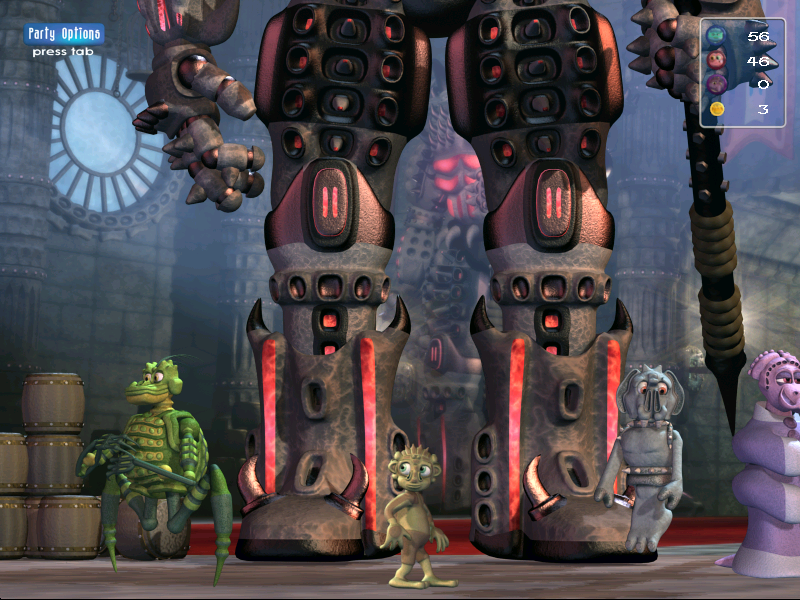
I’ve been rather busy, and can only find time for shorter posts. Fortunately, a short post is perfect for You Have To Win the Game. Released for free just a couple of months ago by J. Kyle Pittman (who spends his days working for Gearbox), You Have To Win the Game is a clear homage to games of yore, complete with a 4-color palette and a cool effect that simulates the curved surface of an old cathode ray tube monitor. The gameplay is that of a traditional exploration platformer, with players guiding the protagonist through a variety of screens collecting items and dodging enemies. Fans of classic games from the 1980s will certainly get a nostalgic kick out of it.
But I think the appeal of You Have To Win the Game is wider than that. It manages to capture much of what made those old games interesting in a way that new players can appreciate. As I explored the caverns of You Have To Win the Game I felt the same sense of wonder I once felt when playing Another World, where there was no telling what each new screen would hold. Modern games, for all their advances, often fail to capture that feeling, which was so common in the early days. Later, as I began to get my bearings, I felt a particular satisfaction in discovering just how all the pieces of the world fit together. It wasn’t simply mapping out the environment, it was seeing the way all the parts formed a cohesive whole; the same thing greatly impressed me when I played Might and Magic: Book One. The game centers on this strong world design, requiring the player to pay close attention to the environment in order to work out how to win.
Sure, I’m an older player who certainly feels nostalgia for classic games, but I think that anyone could appreciate these aspects of You Have To Win the Game. If you’ve ever been interested in why so many people pine for the games of their youth, give You Have To Win the Game a try, and it might help you understand. You can download the game for free from the author’s site.






